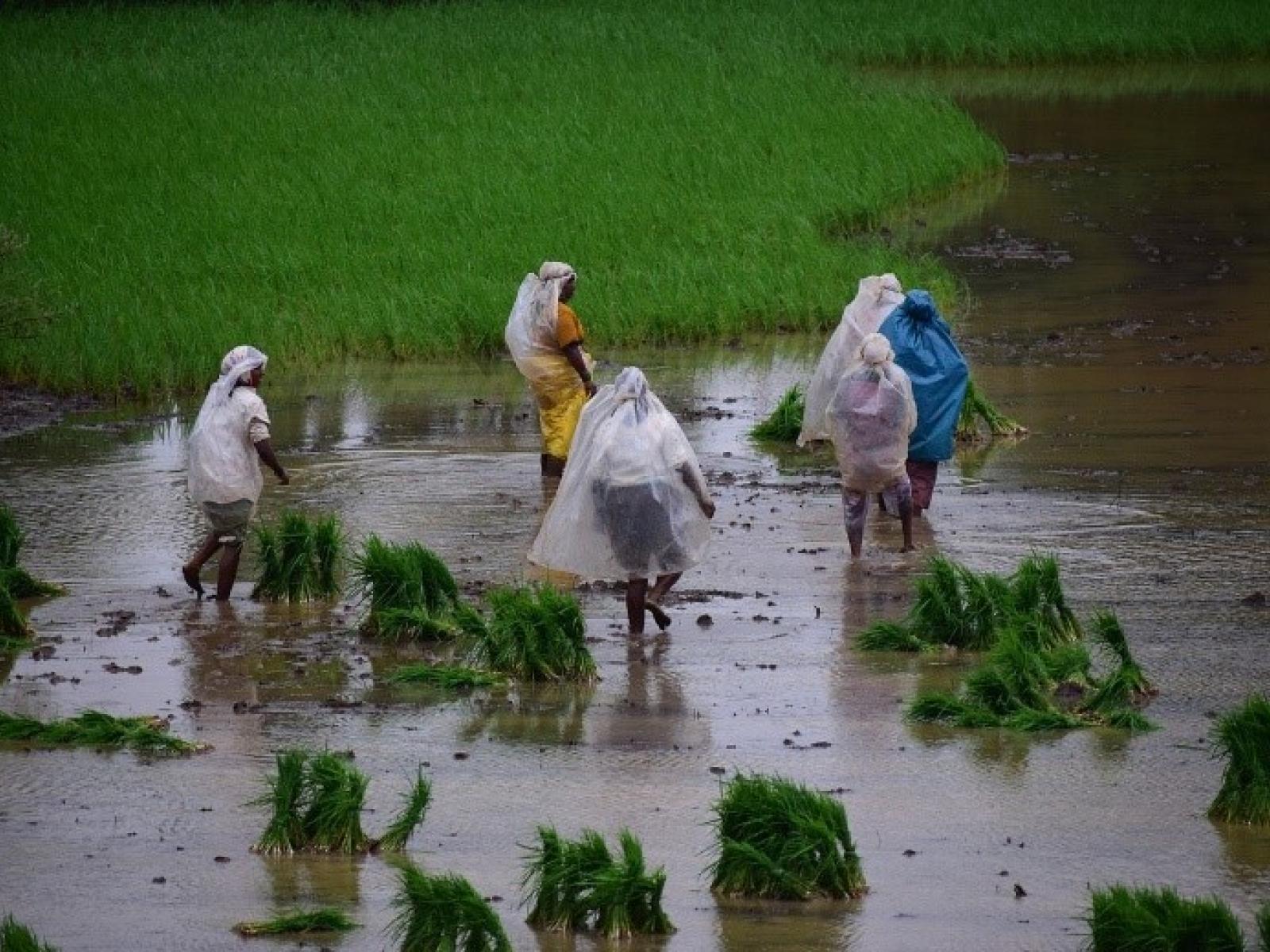Irrigation Practices affect Monsoon Precipitation
How irrigation water is managed affects the Indian Summer Monsoon’s rainfall and its extremes.

Researchers confirmed through modeling that excess irrigation over northern India causes a northwestward shift in monsoon rainfall and intensifies extreme precipitation over Central India.
Zeyd Ladha from Pixabay
Published: August 5, 2019
Devanand A, M Huang, M Ashfaq, B Barik, S Ghosh. 2019. “Choice of Irrigation Water Management Practice affects Indian Summer Monsoon Rainfall and its Extremes.” Geophysical Research Letters, 46 (15): 9126-9135, https://doi.org/10.1029/2019GL083875.